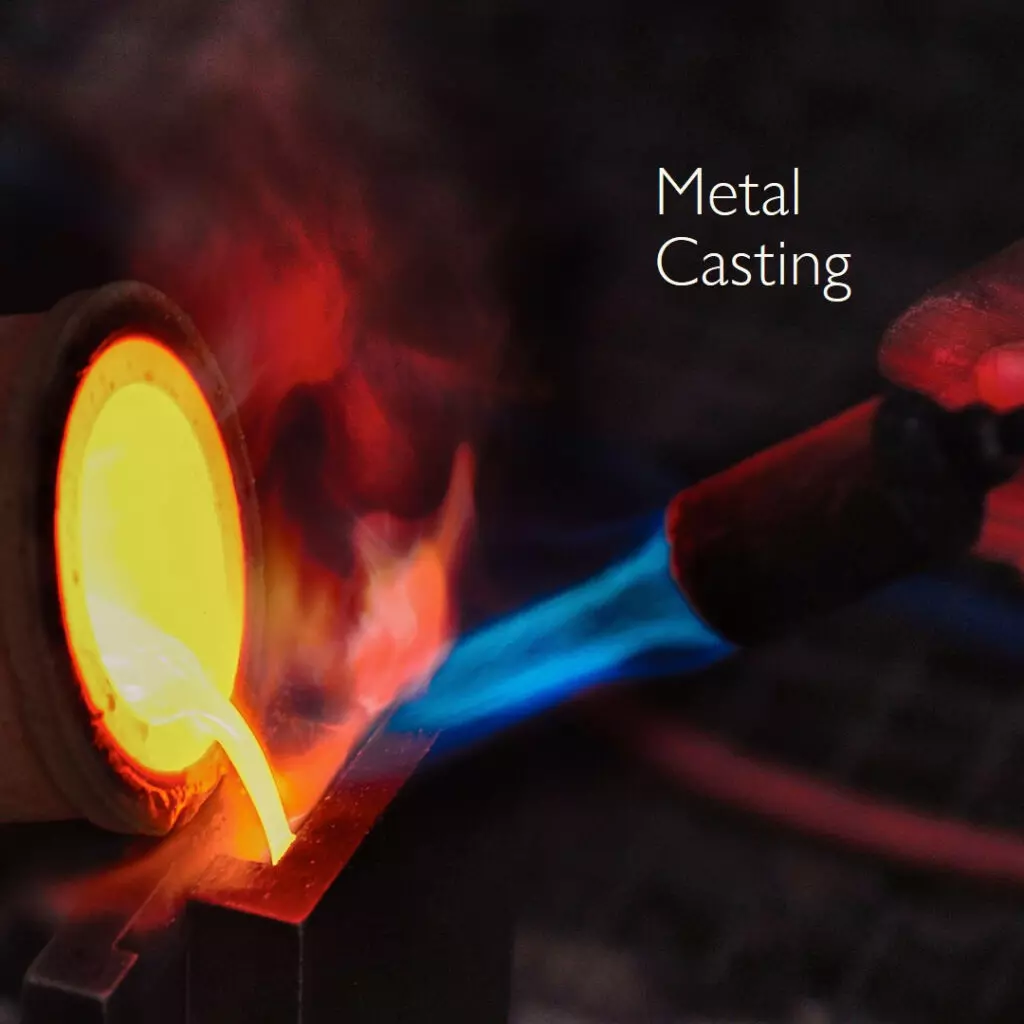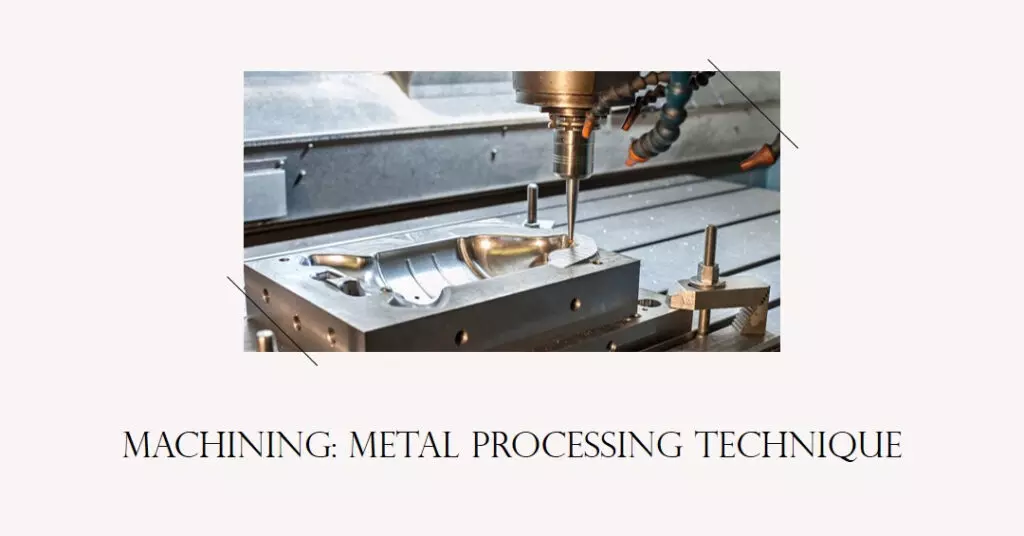Introduction to Metal Processing Techniques
Metal processing is a vital aspect of the manufacturing industry. It involves transforming raw metal materials into useful products by employing various techniques and processes. This article aims to provide a comprehensive introduction to some of the key metal processing techniques, including casting, forging, and machining. By understanding these techniques, one can gain insight into the versatility and efficiency of metal processing in creating a wide range of products.
- Casting: Casting is a metal processing technique that involves pouring molten metal into a mold and allowing it to solidify. It is widely used for creating complex-shaped parts that are difficult to produce using other methods. The process begins with the selection of a suitable mold material, such as sand, plaster, or metal. The molten metal is then poured into the mold, which is designed to have the desired shape and structure of the final product. After the metal cools and solidifies, the mold is removed, revealing the finished product. Casting is commonly employed in industries such as automotive, aerospace, and construction.

- Forging: Forging is a metal processing technique that involves shaping metal by applying compressive forces. It is a hot-working process where the metal is heated to a high temperature to make it more malleable. The heated metal is then placed between two dies and subjected to a combination of pressure and repeated hammering or pressing. This process alters the grain structure of the metal, making it stronger and more durable. Forging is often used to produce components that require high strength, such as crankshafts, connecting rods, and gears, in industries like automotive and aerospace.

- Machining: Machining is a metal processing technique that involves the removal of material from a workpiece using cutting tools. It is a subtractive process where the desired shape and dimensions are achieved by cutting away excess material. Various machining operations, such as turning, milling, drilling, and grinding, are performed using specialized machines and tools. Machining is highly versatile and can be used to create precise and intricate parts with tight tolerances. It is commonly employed in industries ranging from electronics and medical devices to aerospace and automotive.

In conclusion, metal processing techniques, including casting, forging, and machining, play a crucial role in the manufacturing industry. Each technique offers unique advantages and is suitable for different applications. Casting allows for the production of complex shapes, forging provides strength and durability, and machining enables precise customization. By harnessing the capabilities of these techniques, manufacturers can create a wide array of metal products that fulfill diverse industrial needs. Understanding these metal processing techniques is essential for anyone involved in the manufacturing process or interested in the field of metalworking.





You must be logged in to post a comment.